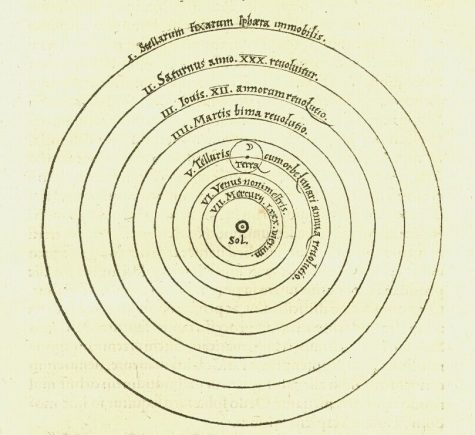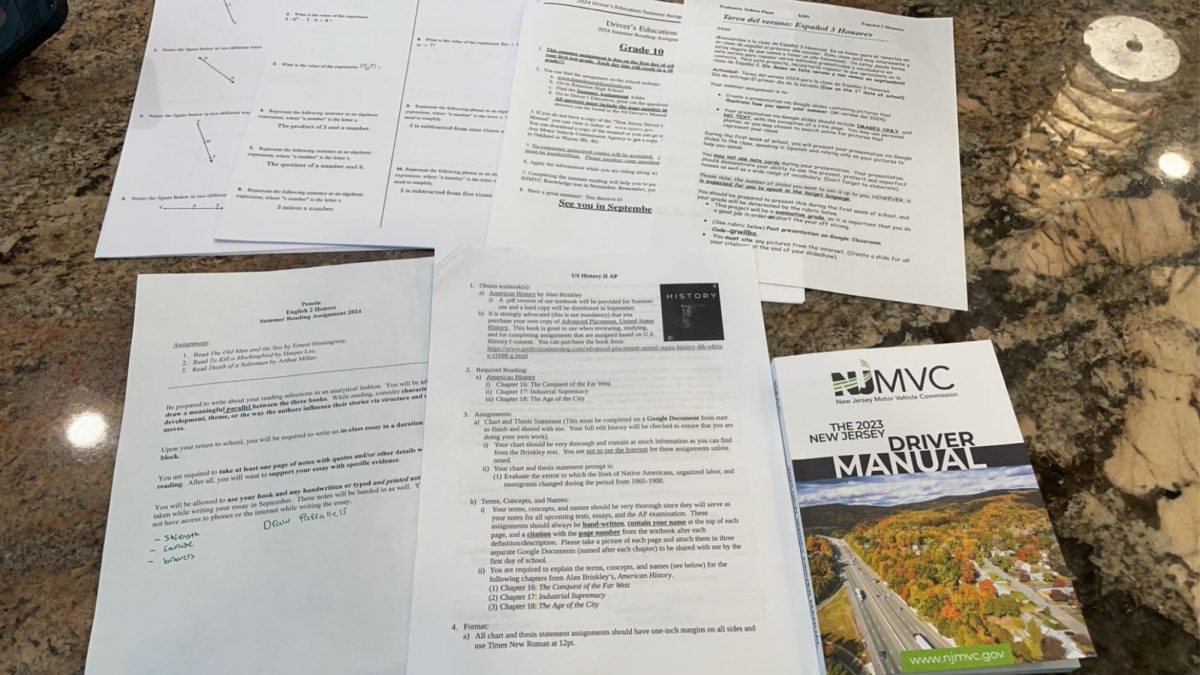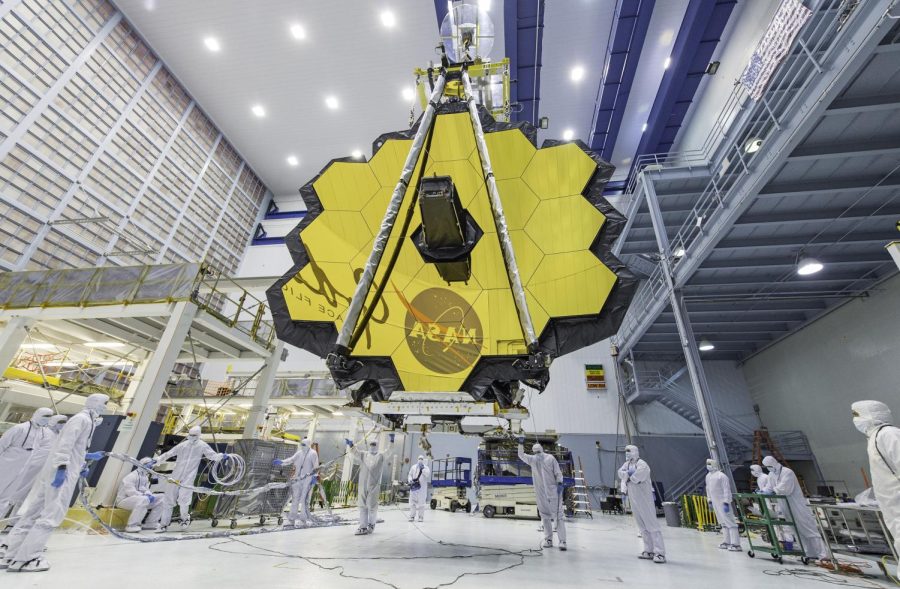Oct. 4 marks the beginning of World Space Week, a United Nations-created event formed in 1999, that celebrates the contributions of space science and technology. Since then, it has become the largest public space event on Earth, with more than 3,700 events in 80 countries. To celebrate the week, we look at the seven biggest space discoveries in seven days.
To kick off the Seven Biggest Discoveries of Space in Seven Days, we start at the beginning, with one of the greatest space discoveries: Copernican Heliocentrism.
Copernican Heliocentrism is a revolutionary astrological model developed by Nicolaus Copernicus in 1543, that placed the Sun in the center of the universe, motionless, while Earth and the other various planets orbited around the Sun, something that opposed the views and beliefs of ancient philosophers and biblical writers.
For almost 100 years, Copernican Heliocentrism was widely unpopular and unaccepted until the advocacy of Galileo Galilei regarding the theory. However, the path to the acceptance of Heliocentrism wasn’t a smooth one. In fact, due to the powerful Catholic church at the time in Europe (especially in Rome), the theory was soon considered heretical due to it contradicting the Bible, something that was considered as supreme as law.
During this time, no one, including Galileo, could teach or defend the Copernican theory, by ordinance of the Inquisition in Rome. However, that didn’t stop Galileo from gathering all the arguments for Copernican Heliocentrism and against the traditional and religious geocentric cosmology and writing a book that compiled all the information. The action from the Inquisition was swift and immediate after the publication of the book, promptly summoning Galileo for a hearing to determine if the book was heretical.

Ultimately, Galileo was pronounced to be vehemently suspect of heresy and was condemned to life imprisonment. Galileo’s unrelenting work paved the way for the eventual widespread support of the Copernican Heliocentrism theory around the world, then allowing other astrological breakthroughs to occur such as the more modern heliocentric velocity and heliocentric angular momentum.
The heliocentrism theory, during a time where geocentrism was the only right answer for the structure of our universe, was a pioneer for the scientific revolution and one of the biggest breakthroughs regarding space and understanding the world.
For more information on World Space Week, visit http://www.worldspaceweek.org/









